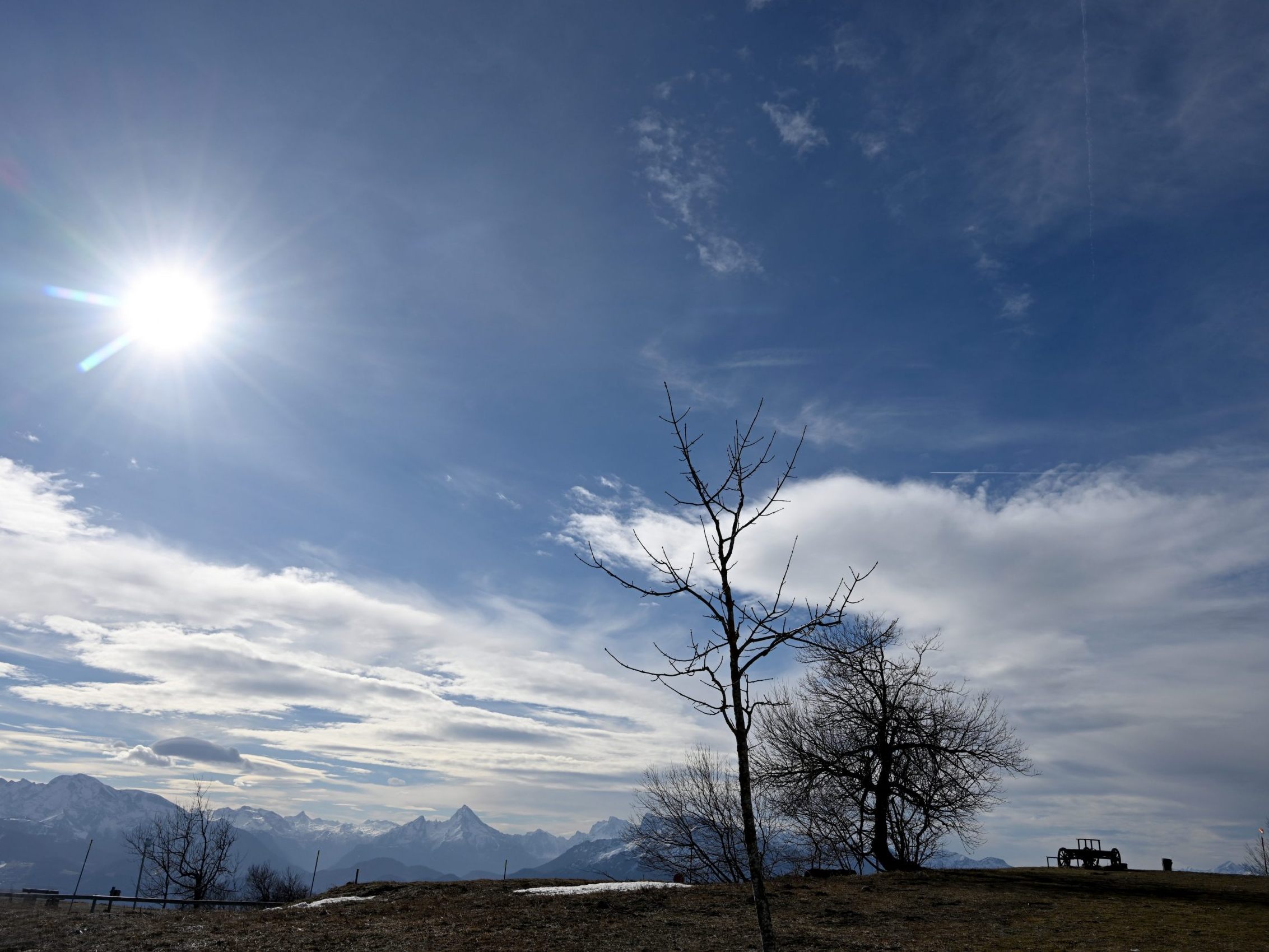Meteorological Winter Was the Driest in 28 Years This Year

There were very often high-pressure weather conditions that diverted low-pressure systems to the north or south of Europe, according to Alexander Orlik from Geosphere Austria. Across the entire area of Austria, there was 45 percent less precipitation than an average winter.
In some regions, the precipitation amounts this winter were close to drought records. At the Vienna Hohe Warte weather station, only 36 millimeters fell up to and including February 25. The driest winter here was 1850/51 with 25 millimeters. At Graz University, 35 millimeters fell - with the driest winter here recorded in 1881/82 with 22 millimeters.
![Abweichung des Niederschlags vom Durchschnitt 1991 bis 2020, in Prozent, Quelle: Geosphere Austria; Die Auslieferung der APA-Grafiken als Embed-Code ist ausschlie§lich Kunden mit einer gltigen Vereinbarung fr Grafik-Pauschalierung vorbehalten. Dabei inkludiert sind automatisierte Schrift- und Farbanpassungen an die jeweilige CI. Fr weitere Informationen wenden Sie sich bitte an unser Grafik-Team unter grafik@apa.at. GRAFIK 0298-25, 88 […] Abweichung des Niederschlags vom Durchschnitt 1991 bis 2020, in Prozent, Quelle: Geosphere Austria; Die Auslieferung der APA-Grafiken als Embed-Code ist ausschlie§lich Kunden mit einer gltigen Vereinbarung fr Grafik-Pauschalierung vorbehalten. Dabei inkludiert sind automatisierte Schrift- und Farbanpassungen an die jeweilige CI. Fr weitere Informationen wenden Sie sich bitte an unser Grafik-Team unter grafik@apa.at. GRAFIK 0298-25, 88 […]](/2025/02/AGD0008-20250226-1.jpg)
Last Year Was the Second Warmest Winter in Recorded History
Last year, Austria experienced the second warmest winter in recorded history. The winter of 2024/25 was not as extreme, but it still remained above the temperature level of an average winter of the past decades over large stretches.
"In the preliminary evaluation, the winter of 2024/25 in the lowlands of Austria is 1.1 degrees above the average of the climate period 1991 to 2020, and in the mountains, it was 1.7 degrees milder than the average," emphasized Orlik. This ranks the lowlands of Austria in 15th place in the series of the warmest winters in the 258-year recorded history and the mountains in ninth place in the 174-year mountain measurement series."
Compared to the climate period 1961-1990, the last winter in the lowlands was 2.3 degrees and in the mountains 2.8 degrees above the average.
Very Little Snow, But More Sun
In the lowlands, there was rarely snow and it melted quickly. "Although it didn't snow often in the mountains either, it was cold enough for the snow to last a long time," said the climatologist. This winter, below 500 meters above sea level, the amount of new snow was 90 percent less and the number of days with snow cover was 85 percent less than average. Above 1,500 meters above sea level, there was 40 percent less new snow, but the number of days with snow cover was roughly equivalent to an average winter.
From December to February, it was very sunny and there were hardly any regions where the duration of sunshine was below the long-term average. On average, the sun shone 15 percent longer compared to the 1991-2020 average. It was similarly sunny as in the winter of 2019/2020, which brought 20 percent more sunshine.
(APA/Red)
This article has been automatically translated, read the original article here.





